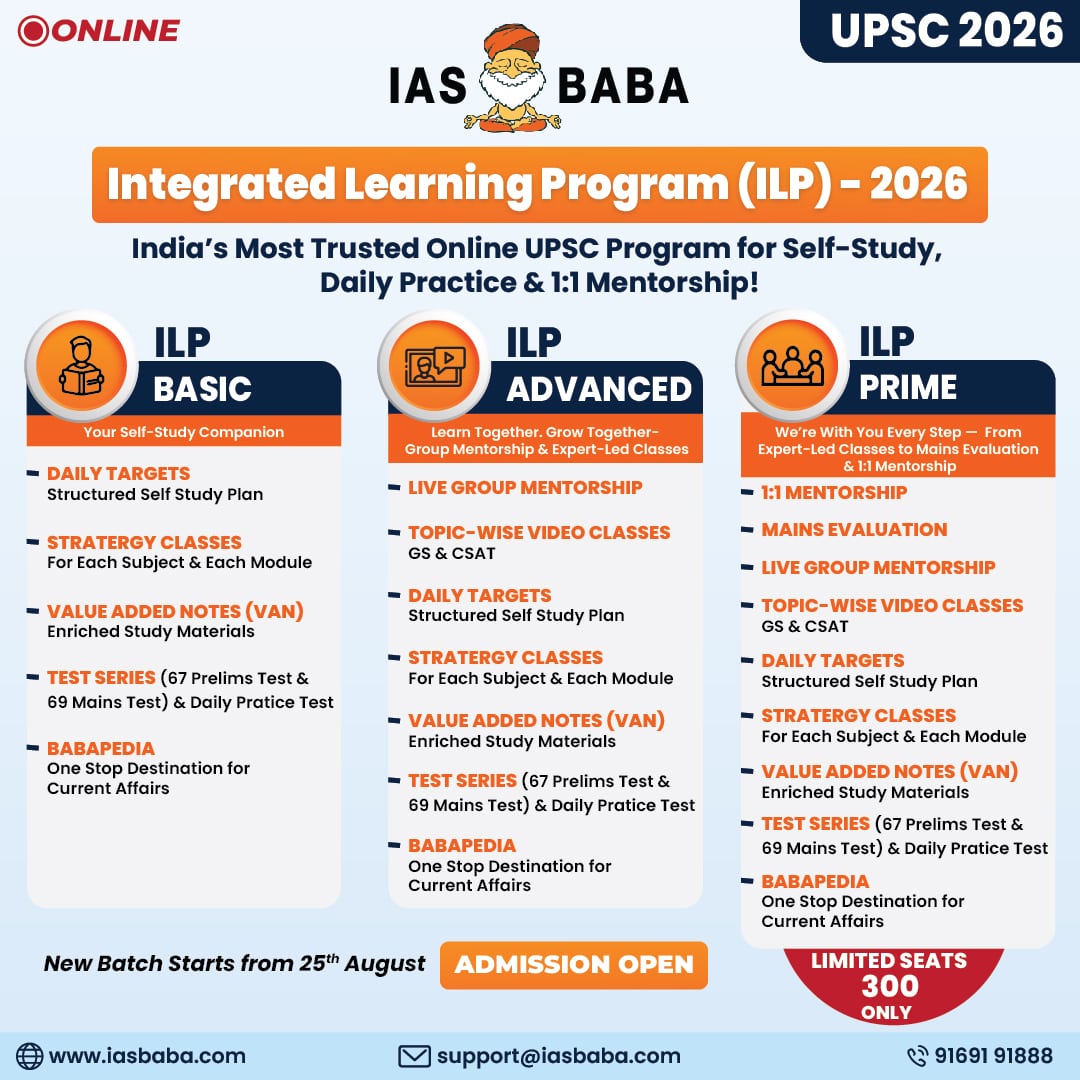UPSC Articles
ECONOMY/ GOVERNANCE
- GS-3: Indian Economy and issues relating to planning, mobilization, of resources, growth, development and employment.
- GS-2: Government policies and interventions for development in various sectors and issues arising out of their design and implementation.
Inflation in Rural India
Context: The retail inflation rate surged to 6.95% in March 2022— its highest level in nearly one and a half years, with six successive months of accelerating prices for consumers.
- Official data pegs rural inflation in March at 7.66%, with several States reporting even higher inflation, including West Bengal (8.85%), Uttar Pradesh and Assam (8.19%) as well as Madhya Pradesh (7.89%).
- With incremental fuel price hikes only kicking in during the latter half of March, the full impact of higher global oil prices being passed on to consumers will only begin reflecting in April.
- Economists expect inflation to go past 7% and stay around that level till as far as September.
How have urban and rural inflation trends differed over the past year?
- Urban inflation has usually tended to be higher than rural inflation by an average of about 0.8 percentage points through most of 2021.
- In December 2021, urban inflation was 5.9%, while rural inflation was 5.4%. In contrast, March 2022 marked the third consecutive month that the pace of price rise in the rural areas outstripped urban India, and the gap has been widening rapidly.
- From a minor 0.2 percentage points higher inflation rate over urban India in January, rural inflation hit a nine-month high of 6.38% in February even as urban inflation declined to 5.75%.
- In March, the gap between the two has surpassed 1.5% with urban inflation at 6.12% and rural areas clocking 7.66%.
What are the key drivers of higher inflation in the hinterland?
- While food inflation was the key driver for the headline inflation rate jump in March, with the overall consumer food price index racing to 7.68% from 5.85% in February, the spike was far more pronounced in rural India where food inflation hit 8.04%.
- Food inflation in urban India was a full percentage point lower.
- Higher inflation in food, which has a higher weight in the Consumer Price Index, along with inflation in fuel and light and clothing, were the key factors driving up rural prices.
- Consider the inflation rates for some items faced by rural consumers vis-à-vis their urban peers —
- oils and fats (20.75% v. 15.15%)
- Clothing (9.9% v. 7.74%)
- Footwear (12.2% v. 9.9%)
- Fuel and light (8.3% v. 6.3%)
- Personal care and effects (9.3% v. 7.7%)
- Last but not the least, a persistently higher inflation in education costs of about 1 to 1.5 percentage points.
- Interestingly, while vegetable prices declined in the urban areas between February and March 2022, they inched up sharply in rural India. Vegetable price trends have been most intriguing — rural inflation was 1.4% in January, 3.7% in February and a whopping 10.6% in March.
- The pent-up demand appears to be higher in rural India, so clothing is seeing higher inflation as demand picks up.
- Moreover, fuel prices are higher in rural areas due to connectivity issues, while prices of traditional fuel like firewood have also risen in tandem.
- Part of this trend could also be explained by the shift of labour between urban and rural areas in the last two years, which has also injected volatility into demand dynamics.
What next?
- While high inflation affects the poor the most in general, the fact that price rise in food, the largest component of their consumption basket, is driving the current surge, is particularly burdensome.
- The bottom 20% of the population in urban as well as rural India is facing the worst effects
- While food price risks have risen due to the Russia-Ukraine conflict, higher prices for farm sector inputs could further feed into food inflation.
- The cost of production is likely to increase by around 8-10%, therefore, the Minimum Support Price should at least be higher by around 12%-15%
- With a normal monsoon anticipated this year, the inflation trajectory in months to come would determine if rural consumer demand rebounds or is constricted to focus on essential goods and services.
Connecting the dots:












